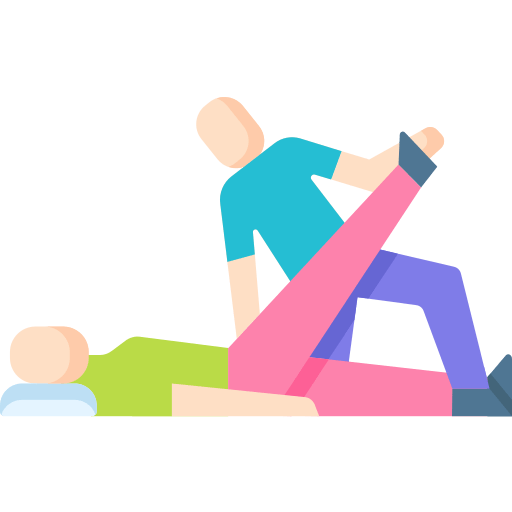TREATING AUTISM
Autism spectrum disorder is not a disease and thus is not treated as such. Individuals with autism have varying symptoms and needs and can benefit greatly from the right kind of therapy. There have even been instances where a child diagnosed with autism has benefited from timely intervention and completely lost the diagnosis and recovered. However, it should be borne in mind that if there are any underlying medical conditions such as Epilepsy, Insomnia and ADHD, those should be treated medically by a licensed medical professional as a high priority because they can be a real stumbling block for the child.
Every child or adult with autism has unique strengths and challenges and so each autism intervention or treatment plan should be tailored to address their specific needs. A person’s treatment plan can include behavioral interventions, speech therapy, sensory integration, other therapies, medicines or a combination of all of these. Early diagnosis of ASD, coupled with swift and effective intervention, is paramount to achieving the best possible prognosis. These therapies can broadly be classified into the following three groups.



